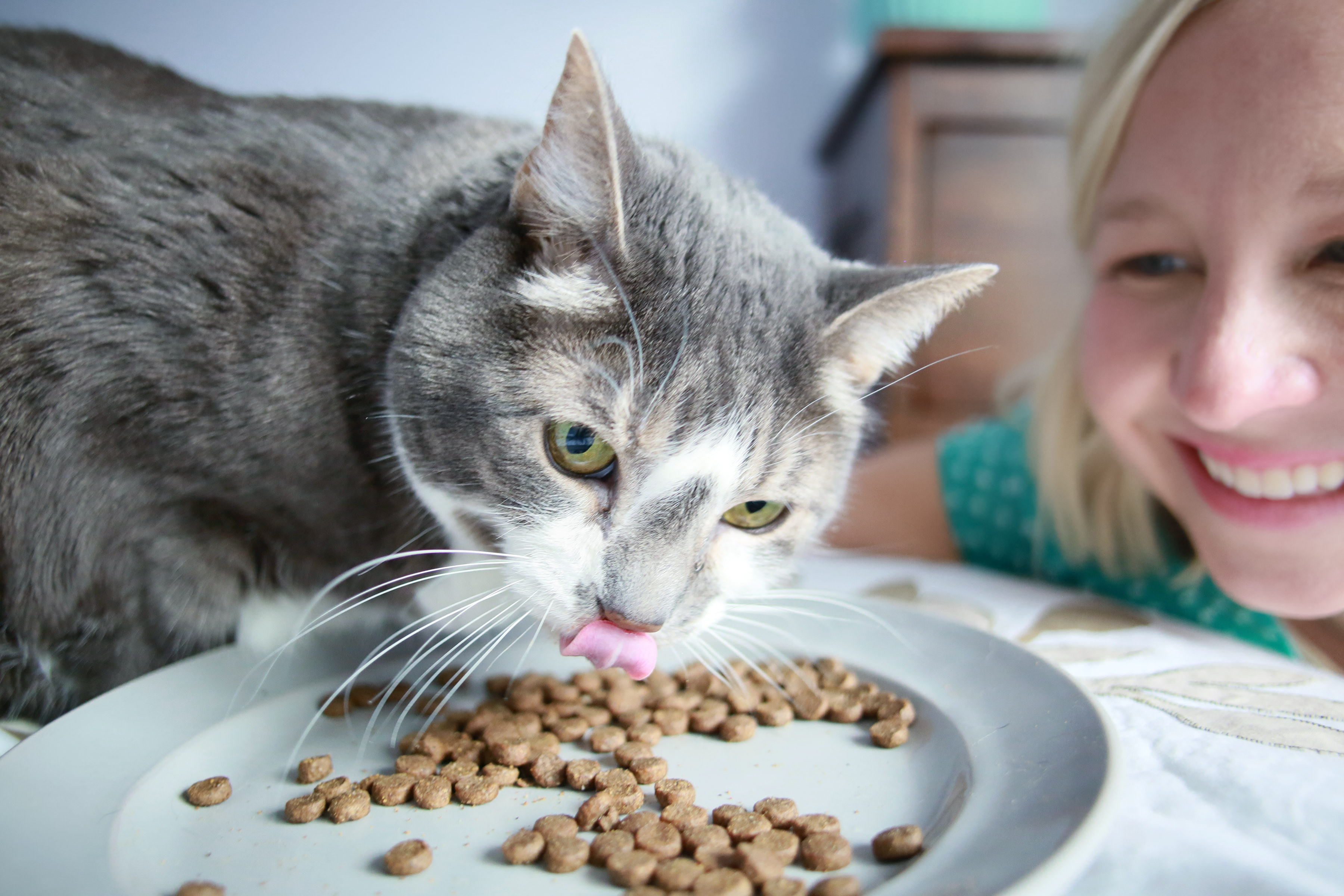Allison Hartlage, CTC, KPA-CTP, CBCC-KA, CNWI
Manager of Animal Training & Behavior
We’ve all seen the jokes about how tired our dogs are of being walked and how our cats are ready for us to return back to work, leaving them to relish in the house undisturbed. While these are largely untrue (we have to believe that the majority of animals are loving this extra time with and attention from you!) there is some truth to the confusion our pets are experiencing with stay-at-home and social distancing measures in place. Even humans are confused!
To help minimize the stress of these transitions, there are things you can do now to help to set your animal up for success, for what will surely be a perplexing time for them once schedules change again. With a little planning and consideration today, our hope is that you can mitigate any separation anxiety related problems which might otherwise arise when your regular routine and absences resume.


